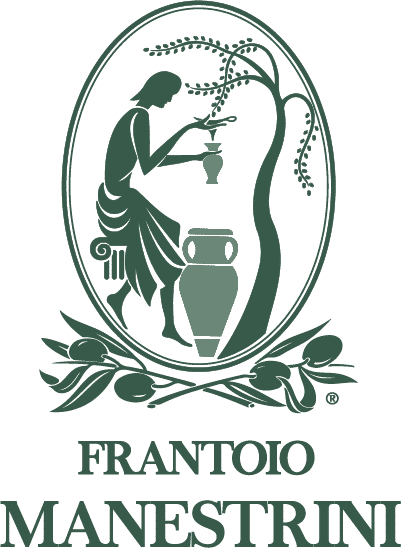Territorio
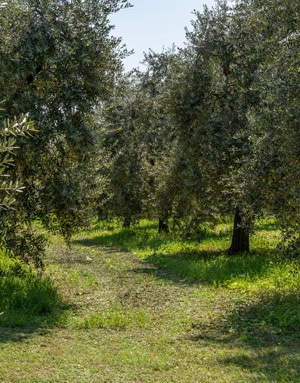
OLIVE GROVES AND PLANTATIONS
of Manestrini Oil mill
The strength, resistance and the dominant figure of the olive tree give the idea of its invincibility, identifying it as a symbol of peace, prosperity, wealth and health.
For this reason it has always been cultivated on the sides of Lake Garda, where secular plants can be found. Our olive groves are situated in a hilly area of the Valtenesi, on the Brescia banks of Lake Garda and the plantation is made up from adult trees (also centuries old) and young trees.
There are hundreds of varieties of olive trees throughout Italy, among these, typical of Lake Garda are: Frantoio, Moraiolo, Leccino and Casaliva.
Frantoio has pendulous growth and thin branches with bright green lance-shaped leaves; they produce an aromatic and fruity oil.
Moraiolo has oval and lance-shaped, grey/green leaves and dense upward-growing branches.
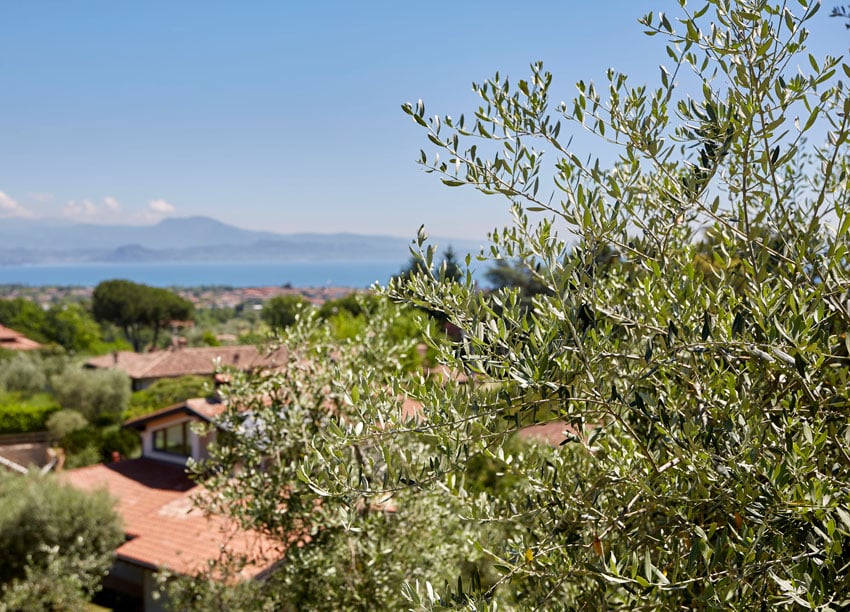
The olives are harvested from the end of October to late December; the best oil is obtained in this period. The olives express the highest level of organoleptic substances and the fruity aroma tends towards green. However, late harvests express a riper fruity aroma and a shorter duration of the oil. As the olive is a fruit, it is clear that flavour, colour and all chemical and organoleptic characteristics of the oil depend on many natural factors such as the variety of plant, latitude, climate, vintage, the type of land and the method of harvesting and milling.
Our objective is to increasingly sharpen our know-how and improve production techniques. The time of veraison – when the olives change colour – indicates that harvesting can begin. We still harvest the olives by hand or with the aid of “combs”, thus ensuring the integrity of the fruit and therefore a high quality oil. The tops of the plants are reached using electric beaters. The olives must not be bruised on removal from the plant. Maximum care must be assured during transport; the olives must be placed in ventilated crates in order to prevent the occurrence of phenomena such as mould and humidity. From the field they are taken to the oil mill or – as used years ago – to the millstone.
Leccino is very resistant to temperature changes and other adversities. This also has upward-growing branches, with elliptic lance-shaped grey/green leaves. Its fruits are also used on the table as well as for the production of a good, delicately flavoured oil.
Casaliva is a tall plant with intense green elliptical lance-shaped leaves, whose dense, thin branches are pendulous. Their oil is light and aromatic. The olives sprout in mid-spring and ripen in late October, early November, depending on the weather conditions; it is in this period that many tourists stay on the shores of the Lake and there is the feeling that the olive tree wants to accompany their stay; the olive slowly ripening and transforming its size and colour until perfect for harvesting.
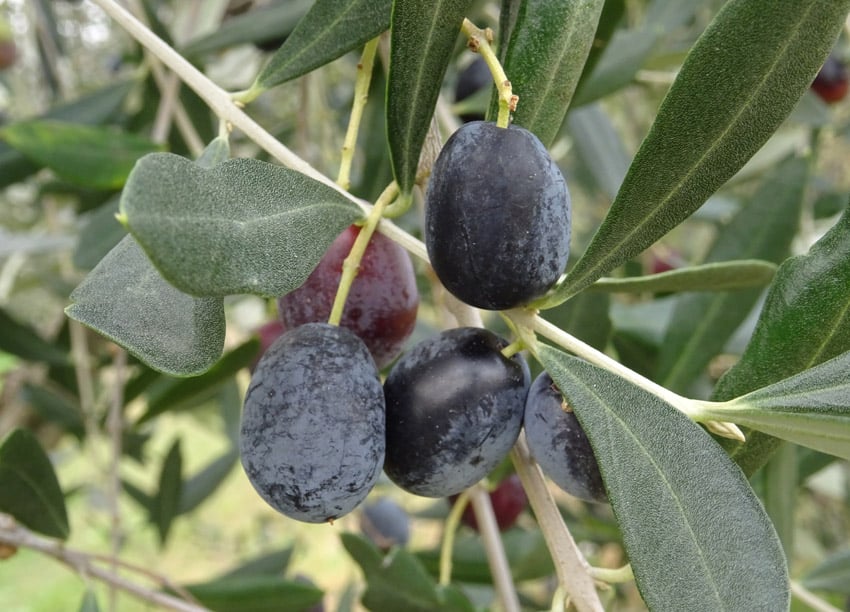
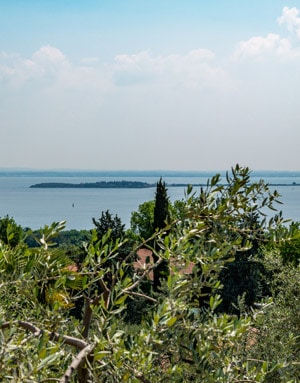
THE TERRITORY
of Lake Garda
The climate of Lake Garda is particularly temperate, protected by the Alps and with an immense basin of water that mitigates its winters.
In virtue of this climate, a typically Mediterranean vegetation has developed along the shores of the lake, which promotes the cultivation and growth of the olive tree.
The olive tree is made almost immortal by its life force: despite bittersweet felling, frosts and scorching heat, it continues to grow through the pulse of life of the new shoots, which form close to the cut or perishing trunks.
Secular trees with tangled trunks, part of which now dried and a part living, can be found at Sirmione, along the pathway that leads to the tip of the peninsula and in the Grotte di Catullo Park.
Clear evidence of the importance these plants and their products had for the Romans can be found in the Roman villas of Desenzano and Sirmione. Several archaeological findings symbolize the value and the significance of the olive tree and its fruit in the religious ceremonies and daily life of the times.

